I’M JUST CURIOUS: Time to think
 by Debbie Walker
by Debbie Walker
I believe I had just a few too many minutes to think today. That happens sometimes. All I had was a little bit of driving time today but that is all I needed. I hope you will once again, bear with my opinions. Remember please, these are my opinions, not those of The Town Line.
Most everyone has heard all they want about COVID-19. I admit I am also tired of it. And now I can’t believe the frustration of trying to get an appointment for the vaccine ritual. I was here at home two different mornings, on-line, waiting for a chance to register for my friend. That is two mornings that I waited over two hours only to get the message saying they “gave out all available appointments, try again.” Oh yeah, she would have no knowledge of how to do the computer thing for the appointment, how many more folks are in the same place she is with that issue?
My friend qualifies. She is 89 years old (lives in her own home still) and has a severe problem with asthma. Her doctors have approved of her getting these shots.
Okay, let’s say the day comes that my friend finally gets her two shots. Will that give her any freedom? I don’t believe it will. She has been isolated since way back last spring. She doesn’t leave the house unless absolutely necessary. I don’t believe there will be more freedom for her and many others. She hasn’t had the shots yet and already there are “new strains” of this mess. Will these shots help toward the new strains? Do they (whoever “they” are) have any idea? We aren’t really sure of the affects of these first two.
Will my friend ever be able to go out to eat again? Will she ever feel protected enough to have visitors? In her case, as with many others, this is truly life or death. So, we protect her as well as we can and hope for the day we can offer her a bit more of life.
There are so many lives affected by these and I am sure I can’t cover them all with this writing, wish I could but here are a few I have reason to know about:
One man discovers he has cancer and for some reason the first doctor who spoke to him, spoke a little too soon. The man was told he had a truly short time left. I don’t think he heard anything past being told he would be in the hospital. His fear was not of dying, but of dying alone because there were no visitors allowed in the hospital. He was really afraid for a couple of months. He did finally get a doctor who has been able to assure him he is not going anywhere that soon, in fact they believe they have it beaten.
How many people have seen their family member or friend go to the hospital, never to see them again? It has happened to several people I know. To me that is just true torture for patient and family or friends.
There are more people and families behind in payments for everything. How long will it take for them to get back on their feet? Businesses lost. Education of our children is lacking. Depression is at an all-time high; I’m not even listing anything else.
I’m just curious what you have been curious about. Contact me with question or comments at DebbieWalker@townline.org. Thanks for reading and have a wonderful healthy week.





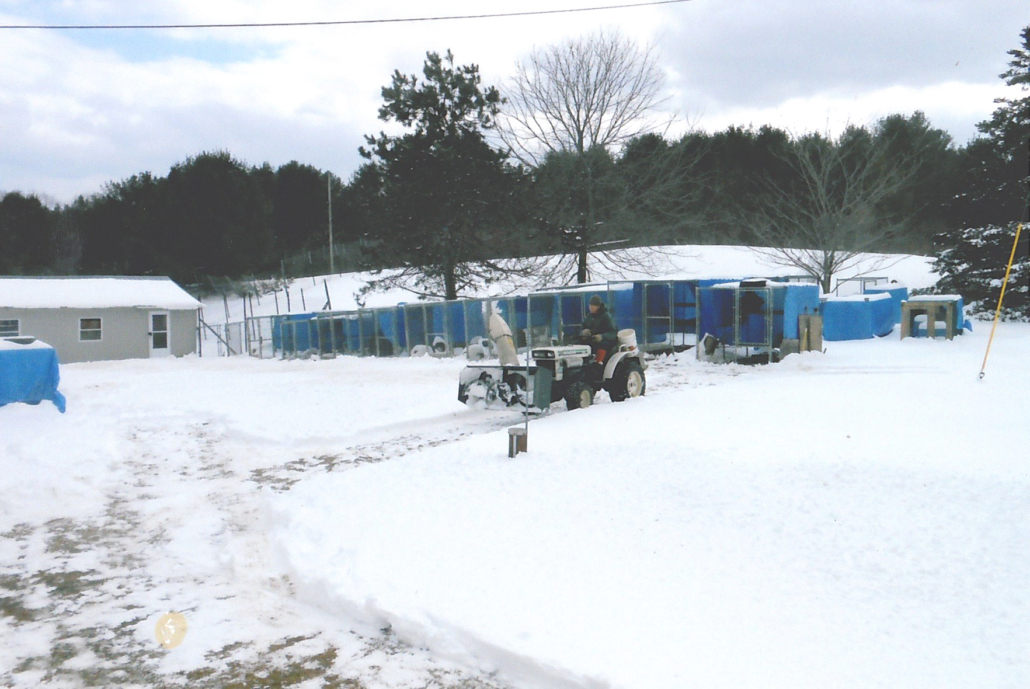

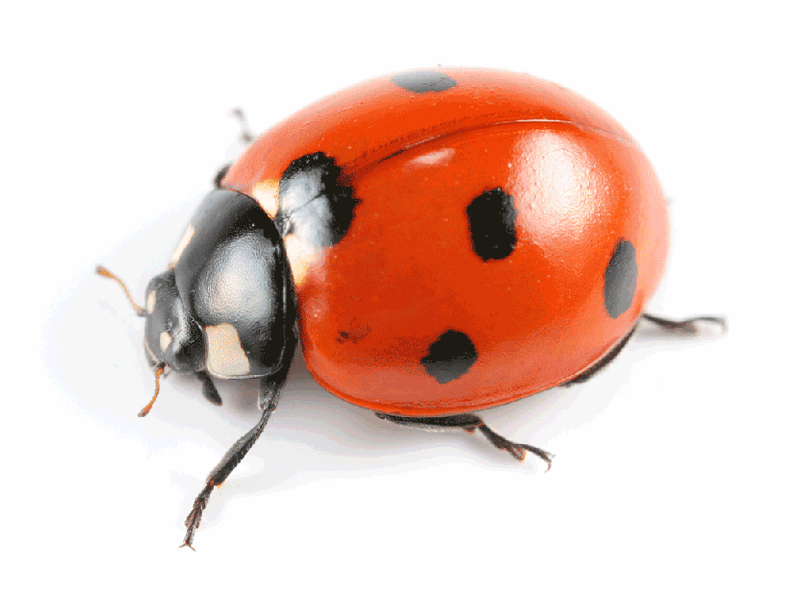


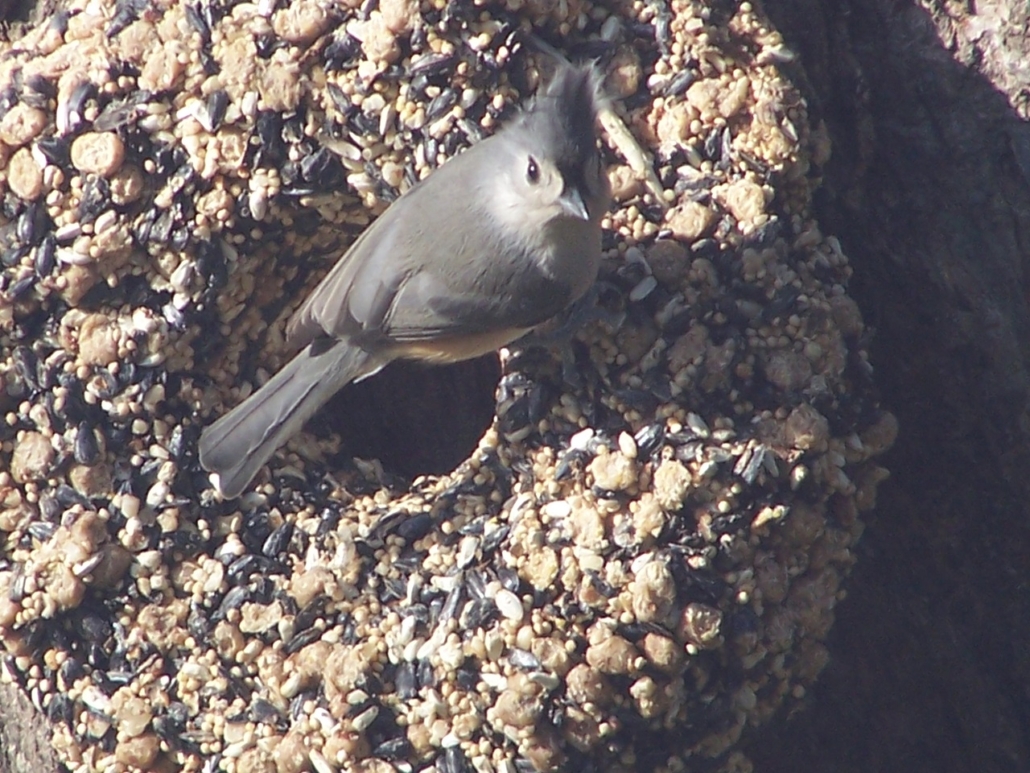
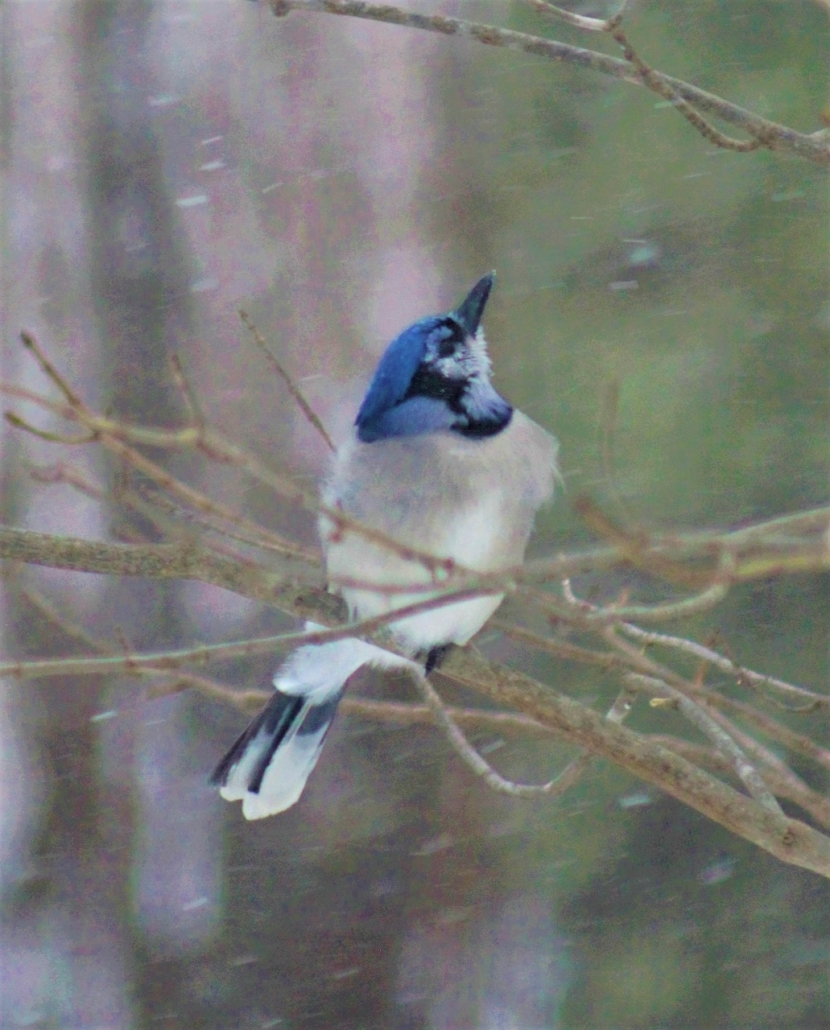
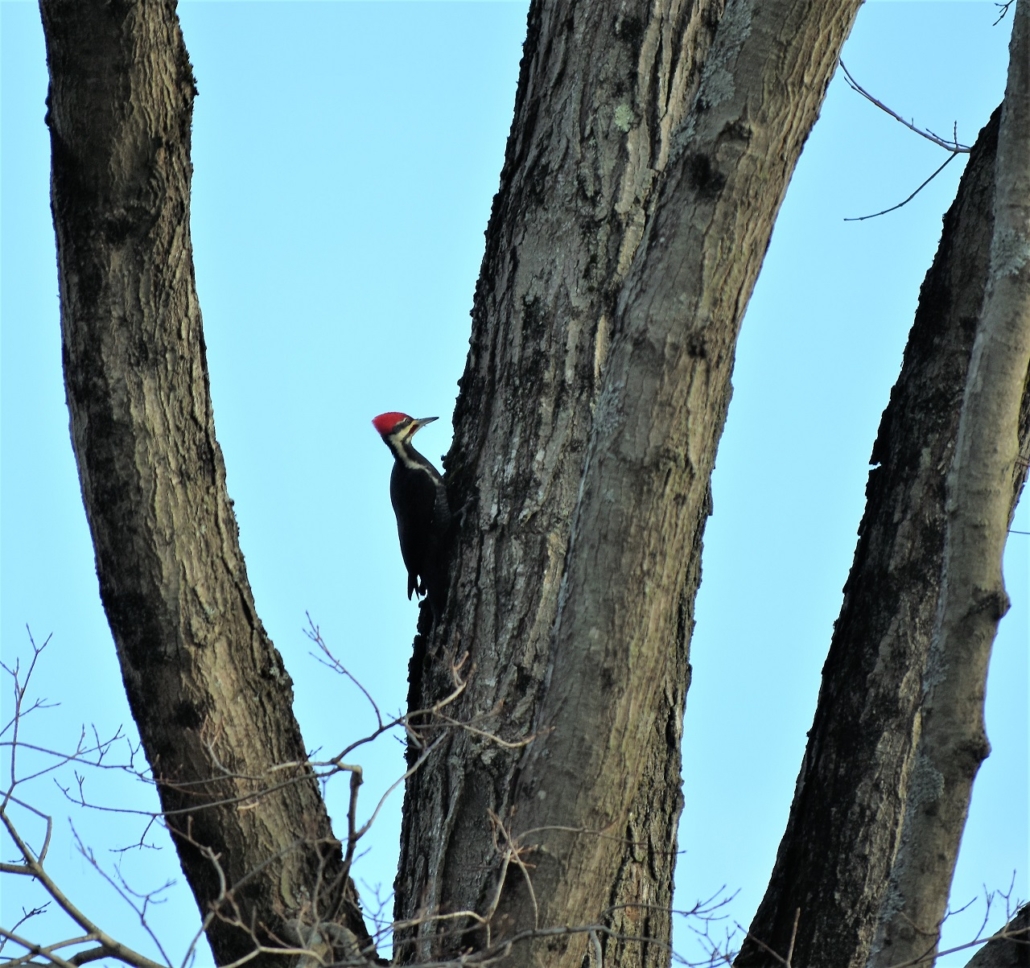

 (NAPSI)—People are increasingly concerned about dirt and germs these pandemic days, but many are neglecting an unseen area where airborne contaminants can lurk: the air ducts.
(NAPSI)—People are increasingly concerned about dirt and germs these pandemic days, but many are neglecting an unseen area where airborne contaminants can lurk: the air ducts.